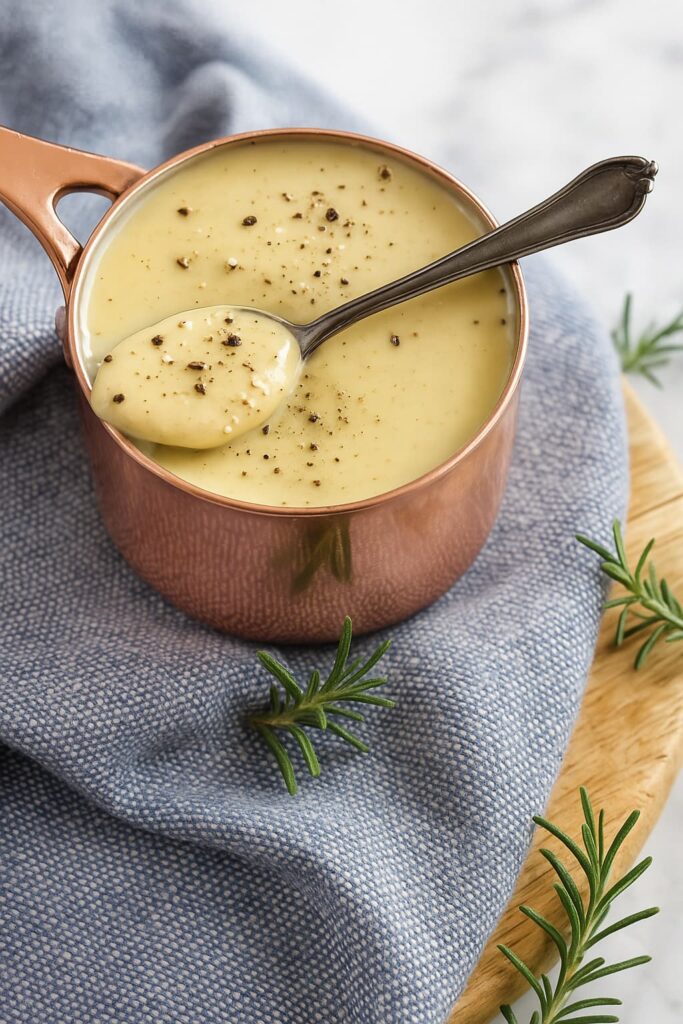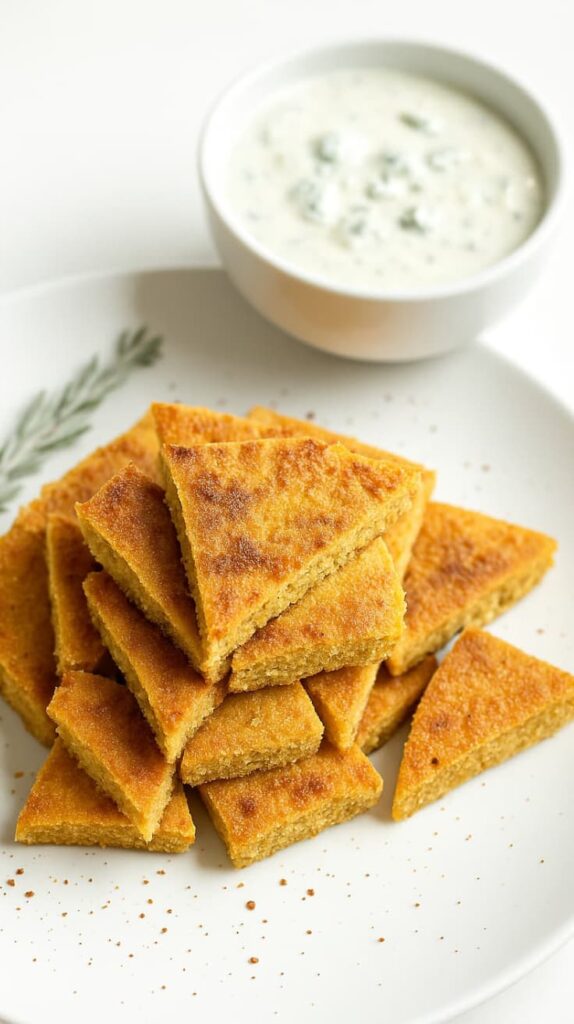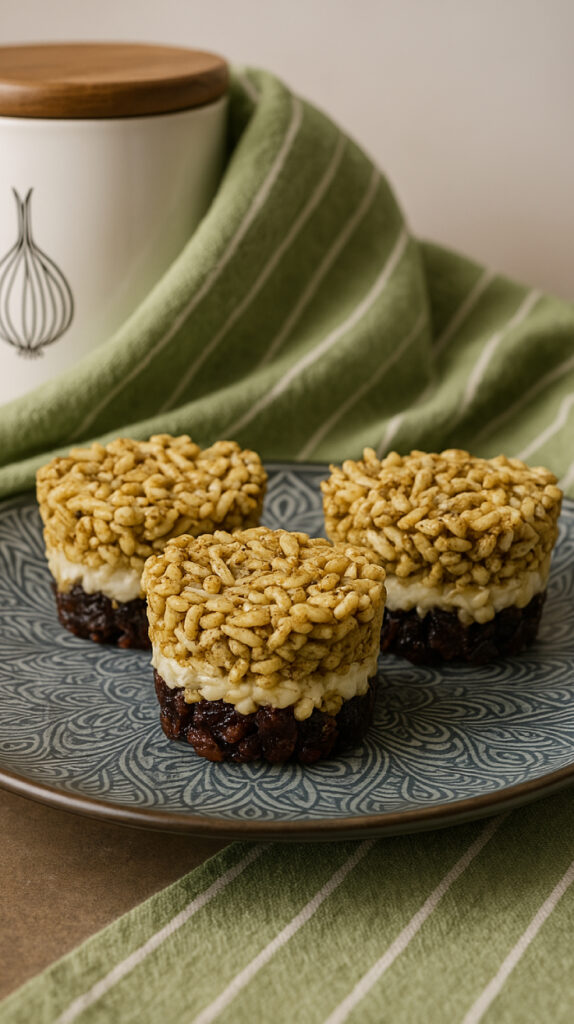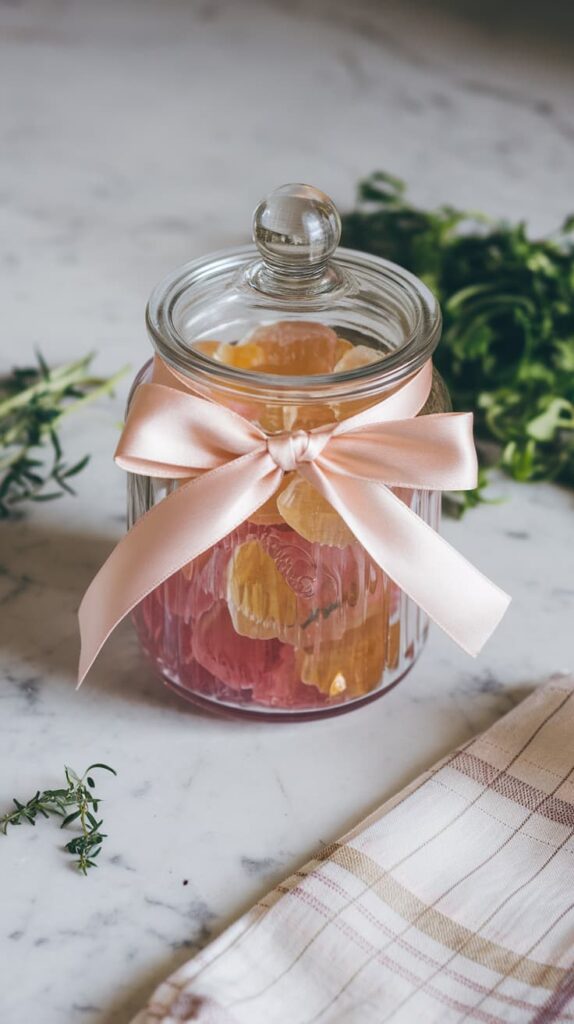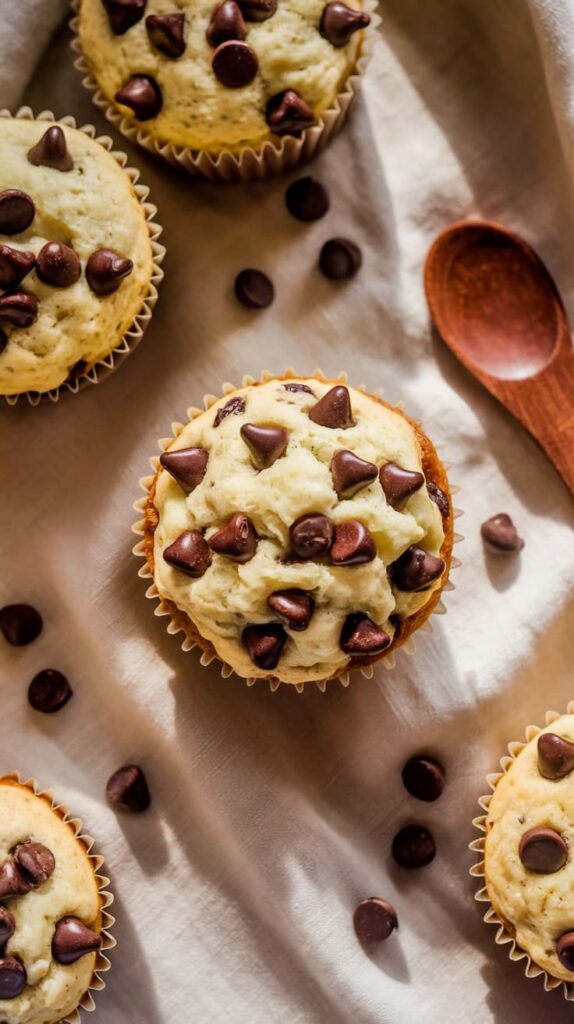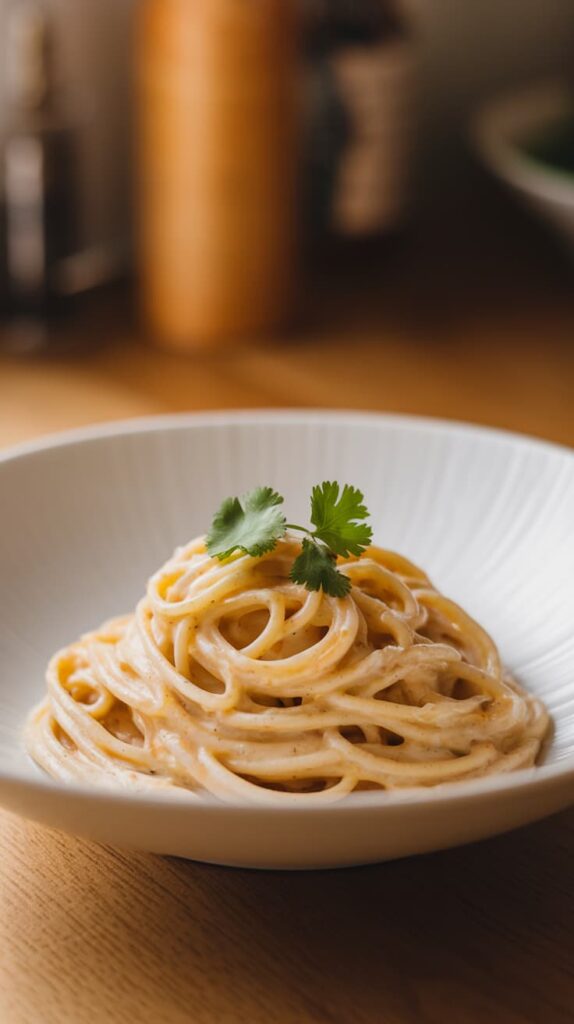Does Cannabutter Color Matter?
Ever stare at your batch of cannabutter and think, “Whoa, why’s this one green and the last one gold?” You’re not the only one! Cannabutter color is kinda like its fingerprint, it shows how you made it and what’s in it.
So, does the color actually matter? Let’s find out!
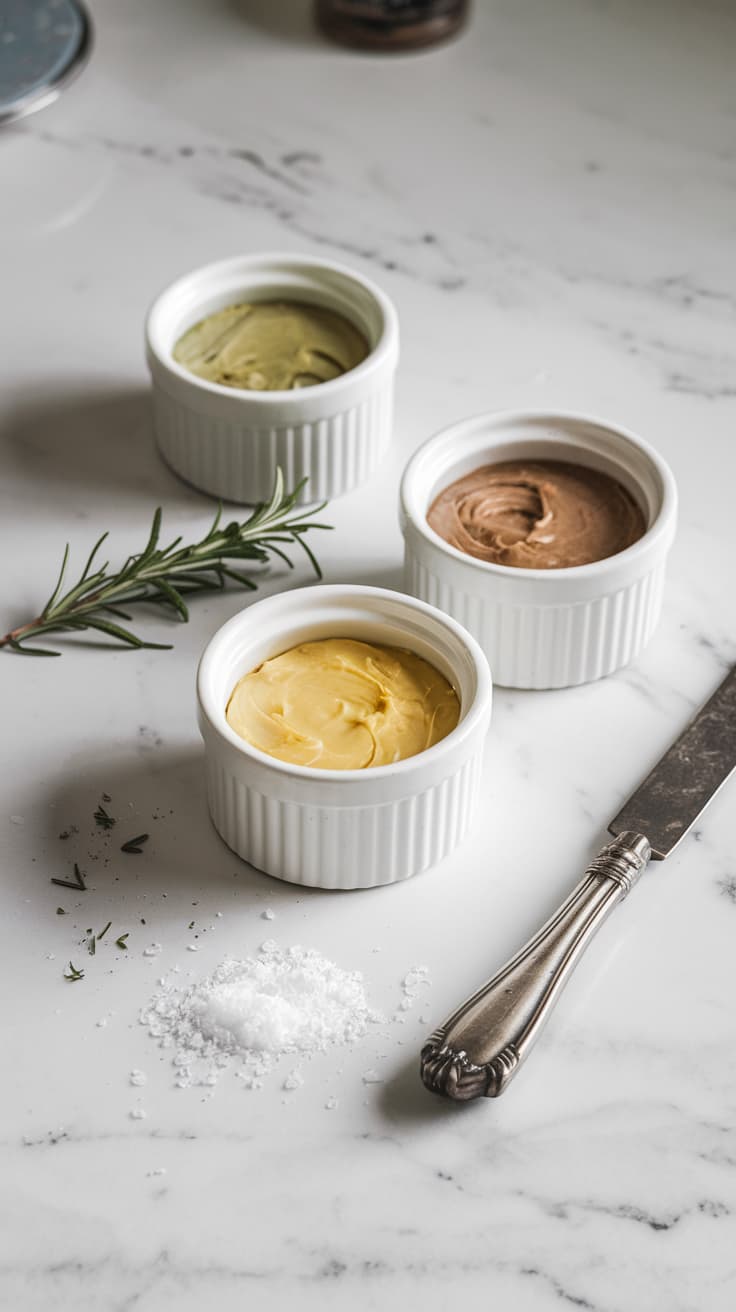
Does the Cannabutter Color Matter?
The short answer? Not really, at least not if you’re talking about how much it’ll actually get you high. Sure, golden looks pretty, and you might think it means it’s better made, but the real test is how much of the cannabinoids got activated. Darker or greener butter isn’t weaker, it’s just a result of how you made it and what you used.
💡 Pro Tip: Use my dosage calculator to ensure your edibles pack the right punch, regardless of the butter’s color!
What Influences Cannabutter Color?
Cannabutter color is a direct result of the ingredients and process you use. From the type of cannabis to the quality of your butter, every choice adds its own color to the final product.
The Cannabis You Choose
High-quality flower usually gives you a gorgeous, golden-yellow butter that screams “perfection,” while using trim can leave you with a more pronounced green color thanks to all that extra chlorophyll.
The type of cannabis matters too. Different strains bring their own quirks, from terpene profiles to chlorophyll levels, all subtly influencing your butter’s final color.
The Fat Quality
Grass-fed butter often boasts a beautiful, richer yellow color that brings a natural vibrancy to your cannabutter. On the other hand, conventional butter might lean a bit paler, which can subtly influence the overall appearance of your infusion.
Beyond color, the fat content of the butter plays a huge role in cannabinoid absorption. Higher fat levels mean better absorption, leading to a more even color and consistent potency in your final product.
The Infusion Process
Getting that perfect golden color in your cannabutter really depends on how well you decarb your weed. If you mess up the decarb, your butter might end up a weird green or brown, and that can throw off the taste and how strong it is.
Temperature plays an equally vital role, keeping it between 160–200°F ensures you’re not overheating the mixture. Too much heat can darken the butter and degrade those precious cannabinoids.
Timing is everything too! Infusing for too long can lead to bitterness and a darker color, as excessive breakdown of plant material muddles the mix.
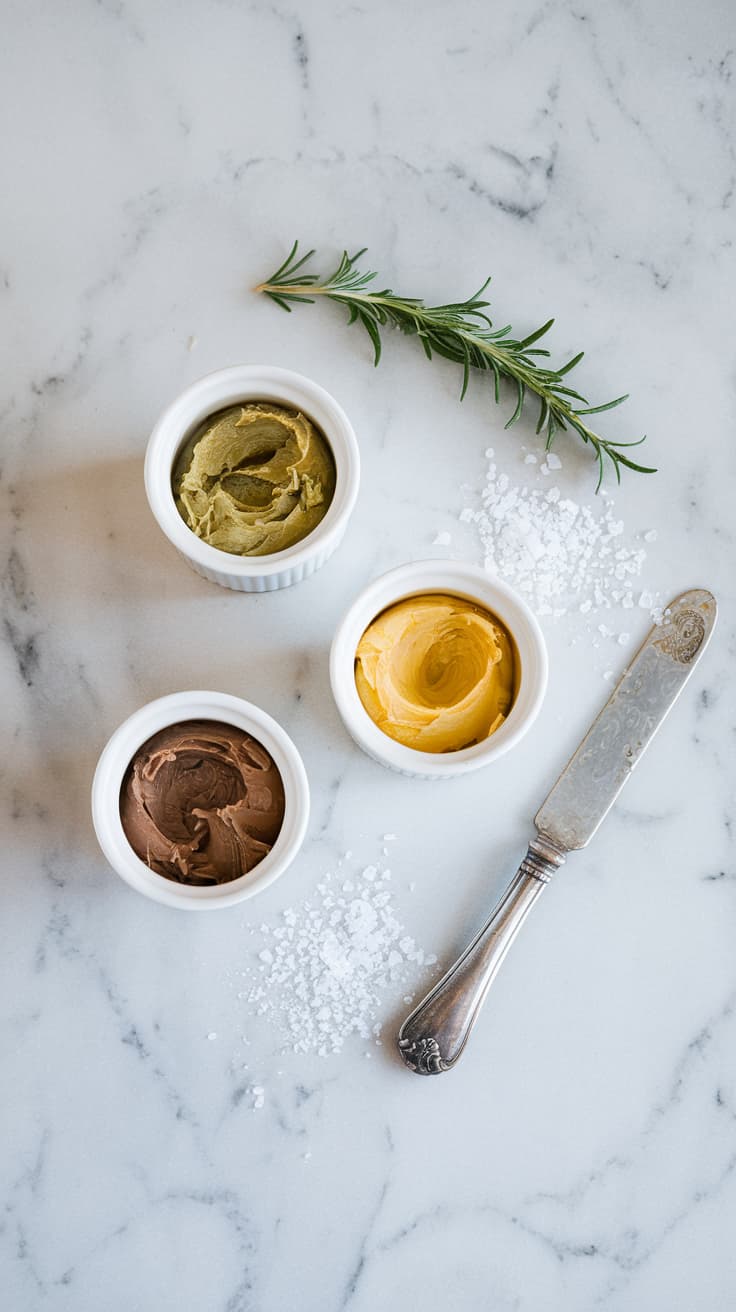
Cannabutter Color Ranges and What They Mean
The color of your cannabutter can give you clues about the infusion process, but don’t let it fool you, it’s not the ultimate measure of success. Here’s what your butter’s color might be telling you:
Bright Green Cannabutter
Bright green cannabutter is often a sign of high chlorophyll content, likely from trim or unfiltered plant matter. It might have an earthy or grassy taste, which could overpower certain recipes. If that’s not your thing, straining your butter more thoroughly and using flower instead of trim can lead to a smoother flavor and appearance.
Golden Yellow Cannabutter
This is the gold standard (pun intended) for cannabutter. It’s the perfect balance of cannabinoids and fats, often achieved with high-quality flower and precise infusion techniques. The taste is buttery and mild, making it a versatile base for a wide variety of recipes. If your butter looks like this, you’re nailing it!
Brown or Dark Cannabutter
If your butter looks brown, maybe even a bit too dark, it’s probably been cooked too long or got too hot. This can mess with the cannabinoids and terpenes, and make it taste kinda burnt and bitter. Next time, keep a close eye on your cooking time and temperature to avoid this mishap.
Troubleshooting Common Issues
Okay, so your cannabutter isn’t the color you expected. No biggie! It doesn’t mean your edibles are ruined. Here are some easy things you can try to fix it and make better cannabutter next time.
- Too Green? Strain it through fine cheesecloth to remove excess plant material. In future batches, opt for decarbed flower instead of trim.
- Too Dark? Lower your infusion temperature and avoid cooking for too long. Use a thermometer to keep your process precise.
- Inconsistent Color? Ensure even mixing and use butter with a high-fat content to improve cannabinoid absorption.
Perfecting Your Cannabutter’s Color
While color doesn’t determine potency, it can add a touch of excitement to your cooking and boost your confidence in the process. Here’s how to get that perfect batch:
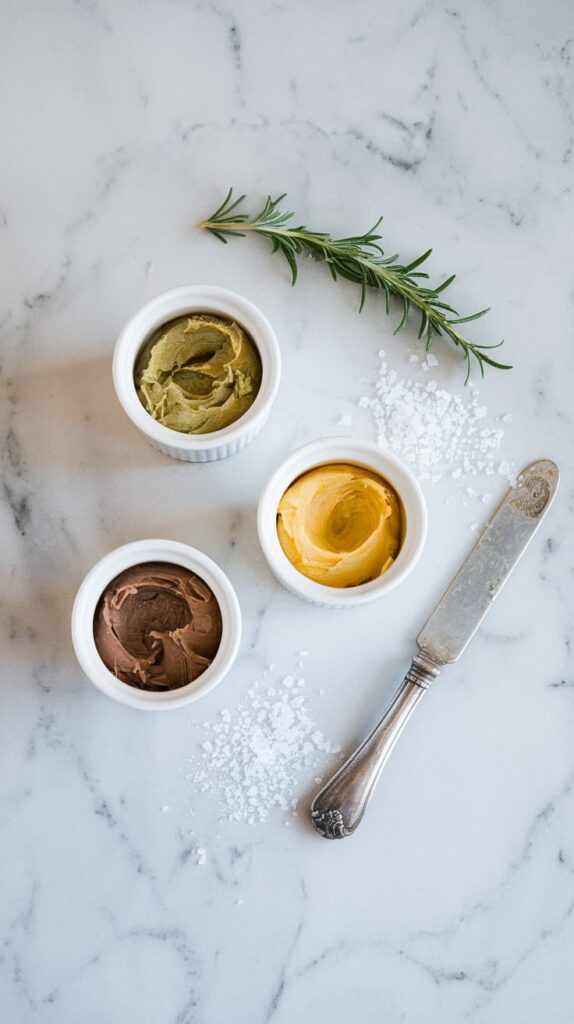
1. Opt for strains that match your desired effects and contain less chlorophyll to achieve a golden hue.
2. Follow my decarb guide to activate cannabinoids without burning your material. Use your decarb calculator for precision!
3. Stick to the golden rules: temperatures between 160–200°F and infusion times of 2–4 hours. Precision is your friend.
4. Strain your infusion through multiple layers of cheesecloth to remove plant particles.
Using Cannabutter in Cooking
Golden butter adds a subtle elegance to light dishes like pastries, butter sauces, or creamy soups. Green butter, with its bold and earthy flavors, pairs better with recipes like brownies, chocolate sauces, or savory herb dishes. Match your butter’s vibe to your recipe, and you’ll always win in the kitchen.
Try your cannabutter to make any of this creations:
So, does the color of your cannabutter really matter? Not really! It’s more about the care you put into the process and the joy of making something delicious. Whether it’s green, gold, or somewhere in between, you’ve got this.
Now go make some magic and don’t forget to share your creations!

